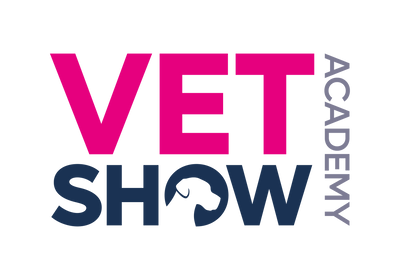Wild West Vet 2024
Heat Stroke: Do's & Dont's (WWV 2024)
Heat Stroke: Do's & Dont's (WWV 2024)
Couldn't load pickup availability
Heat stroke, also known as "heat-induced illness" is a common presentation in veterinary medicine, and an excellent model for systemic inflammation response syndrome, as well as multi-organ dysfunction syndrome (MODS), including disseminated intravascular coagulation (DIC). There are limited studies in heat stroke in veterinary medicine and therefore some of those “guidelines” are based on a lot of extrapolations from human medicine. The prognosis for heat stroke is guarded, with a mortality around 50%. Negative prognostic indicators include obese patient, decreased level of consciousness at admission, DIC, number of organs injured in MODS, hypoglycemia at admission and possibly hypothermia at admission. In case of hyperthermia at admission, it is very important to immediately cool off the patients. There are 4 methods for active cooling: evaporation, conduction, convection and radiation. Placing alcohol on the paw pads is not an efficient way of cooling dogs. Supportive care including aggressive active cooling, taking over the airways in case of dynamic airway obstruction, judicious use of plasma in DIC is very important in managing Heat stroke.
- Recall the 4 methods of active cooling
- Understanding the mechanism of MODS in heat stroke
- Be able to efficiently cool a heat stroke dog
- Recall pros and cons of various therapies in heat stroke
Emergency/CC
Presented by Julien Guillaumin, Professor - Emergency and Critical Care - Colorado State University
Presented at Wild West Vet 2024
Please note this session is not RACE-approved but you can still earn a CE certificate.
Share


